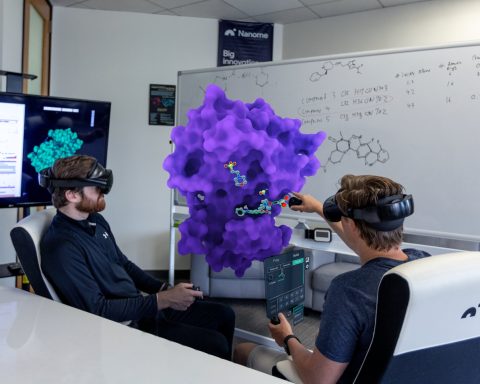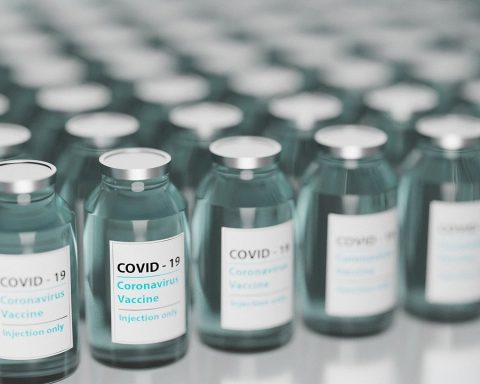Finding a reliable supply of bar-coded, unit-dose pharmaceuticals remains difficult despite measures to improve patient safety. The ability to repackage and bar code drugs to the unit of usage is becoming increasingly necessary in health-system pharmacies. Benefits for pharmacies that invest in a high-throughput unit dose packing machine include improved productivity and management of bar-coded medicine stock.
There are a number of elements to think about before settling on a certain packaging machine that would work best in your establishment. Find a reputable firm first that offers cutting-edge software and excellent service and support options even after the transaction. Your budget needs to take into account both the initial investment and the ongoing operational expenses. Other than the obvious ones, though, there are a lot of things to think about before making a purchase.
The safety of hospitalized patients is of paramount importance, and pharmacists have been investigating new methods and tools to help ensure their wellbeing. Automated dispensing machines, also known as decentralized drug distribution systems, are now commonly utilized in many hospitals as a means of improving efficiency and patient safety.
A unit dose packaging machine, for instance, should be able to repackage a wide range of tablet and capsule sizes and shapes. Some manufacturing equipment can even make multiple packaging sizes. Thanks to this adaptability, the machine’s packaged drugs can be used with your existing point-of-care dispensing systems or centrally automated dispensing devices. Drug storage issues may also be avoided if the smallest possible packaging is used. With so many pills needing to be repackaged, the machine’s output rate is crucial. When choosing a packaging machine, it’s important to consider whether or not the labels it prints on are the right size.
Although there is little question that these devices can improve medicine distribution efficiency, whether or not they can also reduce medication errors is debatable and depends on a variety of factors, including how the systems are designed and implemented. However, we are still confident in our ability to provide the following arguments and experiences to support our position that automated dispensing machines enhance patient safety. By opting for automated dispensing equipment with mini-drawers that only open when a certain medication is selected and limit access to the selected quantities, we have been able to fulfill our goal of maximizing patient safety.
By preventing the dispensing of “as-needed” (prn) dosages that aren’t currently needed, automated dispensing machines reduce the likelihood that an error would occur during administration. Patients’ provided doses are recorded in the automated dispensing devices’ profiles, providing pharmacists with accurate and timely information. To obtain the best possible symptom management, such treatments are switched often. The automated dispensing equipment keep track of the patient’s administered doses inside the patient profile, giving pharmacists instant access to the most recent information possible about the medications their patients are taking.
COVID-19 Impact
Since the first incidence of Coronavirus Disease 2019 (COVID-19) was discovered in January 2020, it has kept the medical community on their toes. The number of reported cases exploded from the low thousands to the millions in a matter of months, putting a strain on already overburdened hospitals and pharmacies. A “new normal” was faced by pharmacists as stay-at-home orders were revoked and states reopened, with some doing so as early as the middle of April.
Since the pandemic is still influencing how hospitals function, pharmacists are looking for new ways to succeed in the current environment. Fortunately, in today’s technologically advanced world, pharmacies have numerous opportunities to implement automation strategies that not only boost efficiency but also promote patient health.
Benefits of Dispensing Pharmacy Packaging Machinesin a Pandemic
Contact-less packaging and verification
Currently, “contactless” and “touch-free” are commonplace; multi-dose pharmaceutical packaging devices are designed to be just that. Medication is checked for size, color, form, and quantity in each pouch, and the machines automatically package and verify the medication for speed, accuracy, and safety.
As opposed to the risky practice of manually counting and pouring each patient’s medication, automated devices eliminate the need for human interaction. Automation not only means less direct human contact with pharmaceuticals, but also significantly less time spent on labor-intensive manual verification.
Social distancing
Automated packing aids pharmacists and patients in meeting CDC recommendations for social distance. Automated packing allows patients to store their drugs for a longer period of time without having to make as many journeys to the pharmacy.
Pharmacists also gain from these devices since they reduce the need for a large number of pharmacists to work in a small area simultaneously, providing for a safer working environment in which each pharmacist has at least 6 feet of space between them.
Future Ahead
Researchers have observed decreasing adherence in this pandemic era and beyond for several reasons. Patient adherence may be impacted by COVID-19 in a number of ways, including reduced financial resources, care avoidance, pharmacy closures, pharmaceutical shortages, and contamination in the drug supply.
Medication synchronization (med sync) is a practice that can help pharmacies deal with this ongoing problem and increase efficiency during these challenging times by having all of a patient’s prescriptions renewed on the same day of the month. This eliminates the need for patients to call in and pick up their refills on different days.
Automated dispensing machines in this day and age have unquestionably surpassed all of our expectations for a streamlined way of drug distribution. Improved patient safety can result from the use of automated dispensing devices if the cabinets are well-designed and their full potential is exploited.








